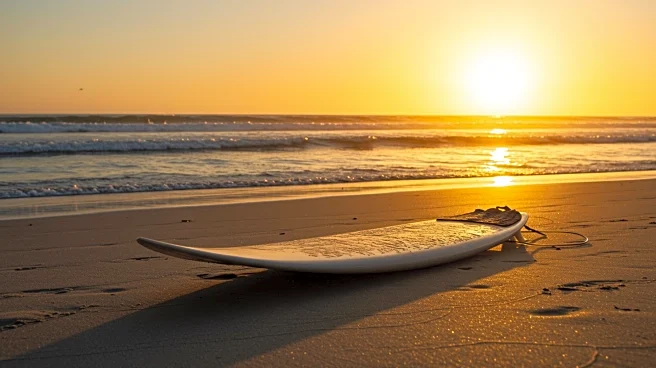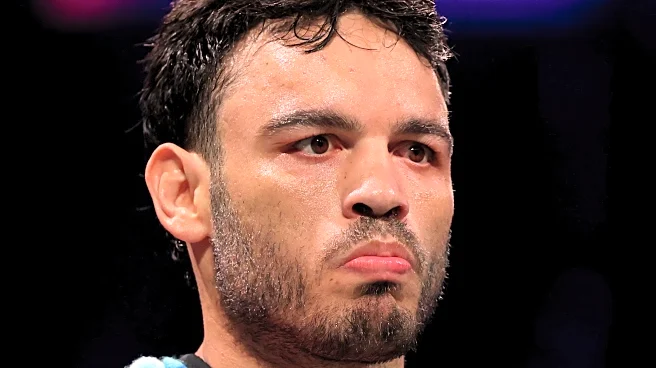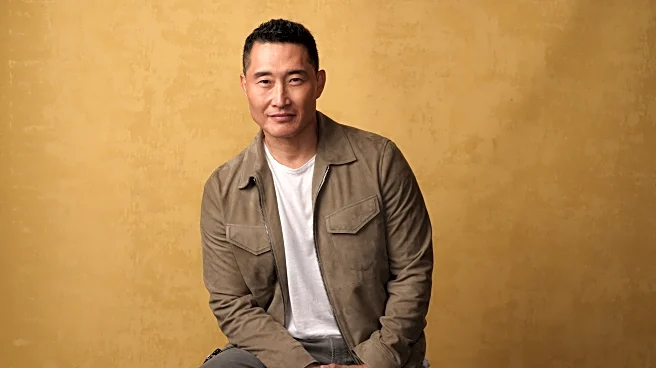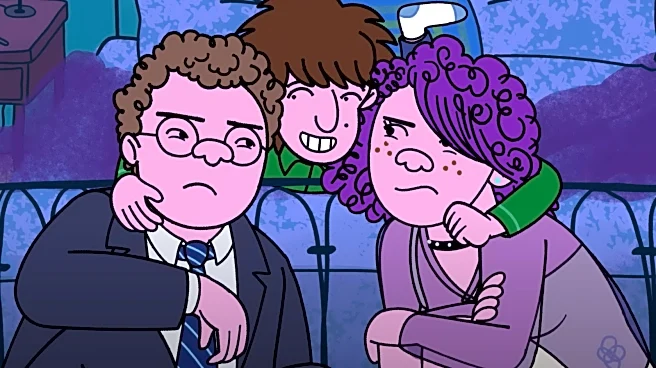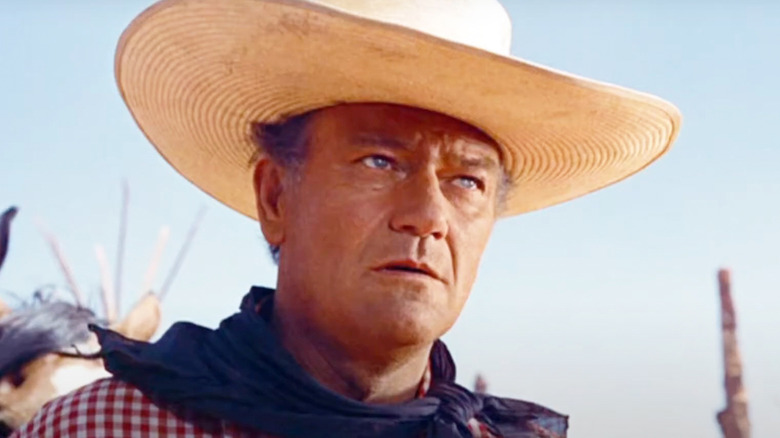
Today we live in a certain type of monoculture which, as evidenced by the "Harry Potter" reboot series, has gone nostalgia-mad. But otherwise, things have never been more fractured. We're all on our own cultural journeys, becoming immersed in various subcultures facilitated by the internet and social media. It's for this very reason that Hollywood doesn't hold the kind of cultural sway it once did, as the rise of streaming platforms has sent the industry into a scramble to keep up with the public's
increasingly fragmented attention. When you consider the fact that, in 2025, Nielsen confirmed YouTube had become the number one distributor of TV content in the U.S., beating every other broadcaster and streamer (including Netflix), you can get a real sense for how the cultural landscape has changed so dramatically in the last few decades.
It's the kind of thing someone like John Wayne could surely have never imagined. We've heard a lot about the death of the movie star in recent years, and to some extent it's true (although putting someone like Timothée Chalamet in your movie isn't going to hurt ticket sales). But there's definitely a sense that the type of star exemplified by the Duke just isn't a thing any more. Wayne was a monolith of the pre-internet age monoculture, where everybody had a somewhat shared experience. He represented something fundamental about the way culture worked in the 20th century. It wasn't just that people went to see his movies because they starred John Wayne, it was the way in which the actor came to embody certain values and represent a shared idea of what it meant to be a proud American — and perhaps even a respectable member of society. As time went on, he became a more polarizing figure, but there's no doubt he remained an icon throughout his life.
You'd be hard-pressed to find a modern day equivalent, simply because we don't have those shared ideas any more, so it's truly fascinating to look back at the man's career as a lens through which to view 20th century culture. Take his first TV special, for example — a grandiose NBC extravaganza packed with stars of every type which simply wouldn't happen today.
Read more: The 12 Worst Best Picture Oscar Winners Of All Time
John Wayne Didn't Love TV, But His First TV Special Was A Big Deal
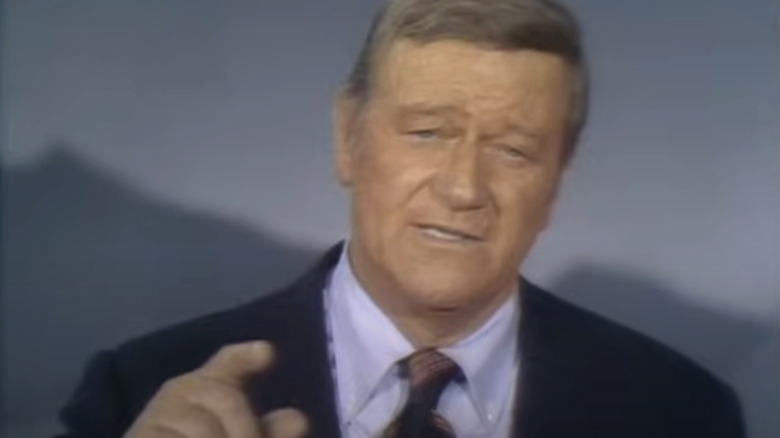
Despite the fact he appeared in several small-screen productions, John Wayne wasn't the biggest fan of TV. He did have an uncredited TV role you've probably never seen, and the Duke's secret cameo on "Gunsmoke" is a little-known treasure. But he primarily steered clear of committing to any episodic series, preferring the big screen as a place to tell his stories and expand his legend.
By 1970, he was already well-established as perhaps the biggest movie star of the century. But he showed no signs of slowing down, and that year in particular was a big one for the Duke. His pushback against Paramount for selling the TV rights to "True Grit" sparked a legal battle, but he also won his first Oscar for his performance in the movie as U.S. Marshal Reuben J. "Rooster" Cogburn. Another first came that year when Wayne hosted his very first TV special — an elaborate star-studded affair that belongs so totally to the age of the monoculture that rewatching it now is like discovering some sort of ancient curio.
Wayne was the host of "Swing Out, Sweet Land," a celebration of American history that was a light-hearted but reverent affair which the New York Times called "a paean of patriotism." It featured vignettes that brought to life various moments in American history, with Wayne appearing between each and talking viewers through the story of their homeland using a giant map of the United States, which he ambled across to demonstrate the growth of the country over the decades. Aside from the novelty of Wayne agreeing to appear on the small screen in his first TV special, "Swing Out, Sweet Land" was notable for the incredible cast of actors, dancers, comedians, and musicians it assembled, many of whom were contemporary stars while others were legends of earlier eras.
Swing Out, Sweet Land Belongs To A Bygone Age
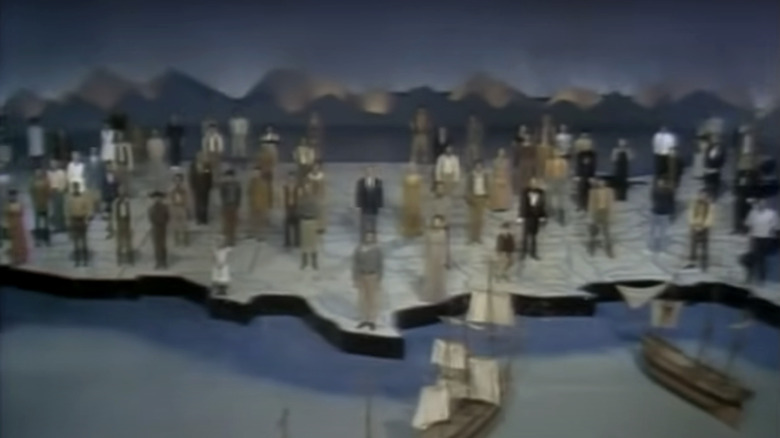
"Swing Out, Sweet Land" featured so many big names it really is incredible that NBC pulled it off. George Burns, Glen Campbell, and Johnny Cash played themselves, alongside Jack Benny as "Man Who Finds Silver Dollar." "I Love Lucy" star Lucille Ball provided the voice of the Statue of Liberty, marking yet another collaboration between her and her good friend John Wayne, who had appeared on her beloved CBS sitcom in the 1955 episode "Lucy and John Wayne." Other notable appearances included Bing Crosby as Mark Twain, William Shatner as John Adams, Dean Martin as Eli Whitney, and Bob Hope as himself. That's not even half the ensemble.
The only time this sort of congregation of stars occurs today is at an award ceremony or at the "Saturday Night Live 50" anniversary special. To see legends like Wayne, Cosby, Cash, Ball, and others gathered together in one production like this must have felt like a truly momentous occasion, one which was no doubt a flashbulb memory for the collective consciousness of the time. Indeed, "Swing Out, Sweet Land" became the highest-rated show the week it aired and ended with Wayne delivering some patriotic words to inspire and uplift viewers before the cast sang "God Bless America" in unison.
Can you imagine anything like this existing now? You might even be quite glad we don't have to witness this kind of unabashed celebration of American patriotism, but it's still fascinating as a cultural artifact. Just one year later, Wayne would set about dismantling his image by giving an infamous interview to Playboy in which he took the Civil Rights movement to task and claimed Native Americans were selfish for trying to hold onto their land. But in that brief moment in 1970, when dozens of stars were singing "God Bless America" on TV while the nation watched, it must have seemed like nothing was ever going to change.
If you're looking for the easiest way to keep up with all the major movie and TV news, why not sign up to our free newsletter?
Read the original article on SlashFilm.


